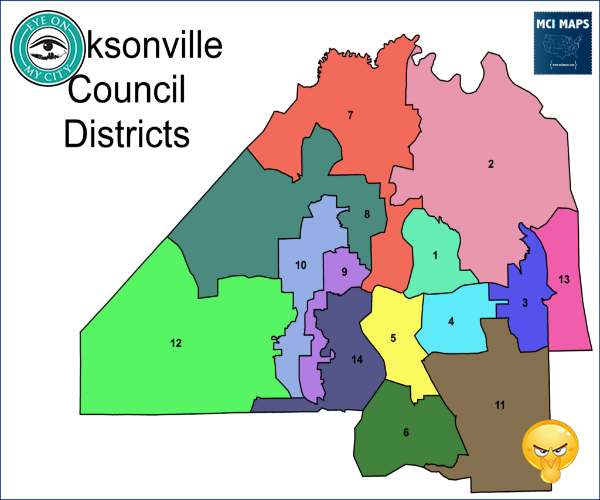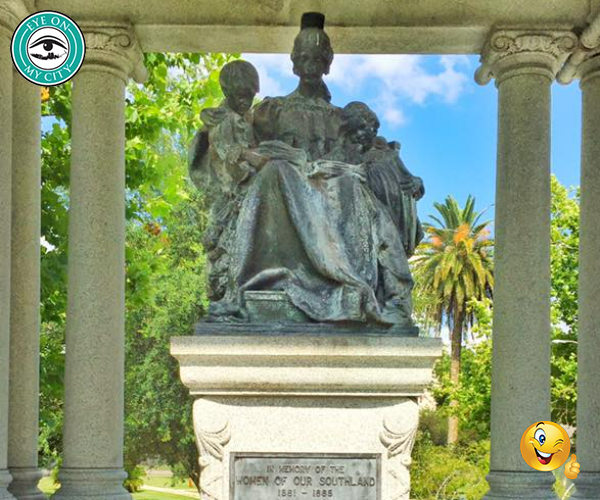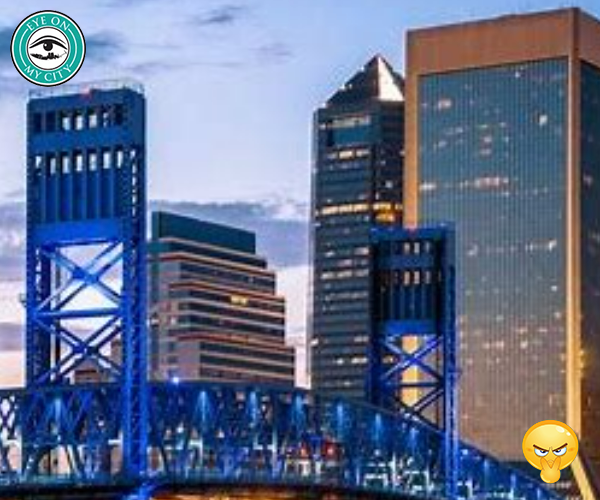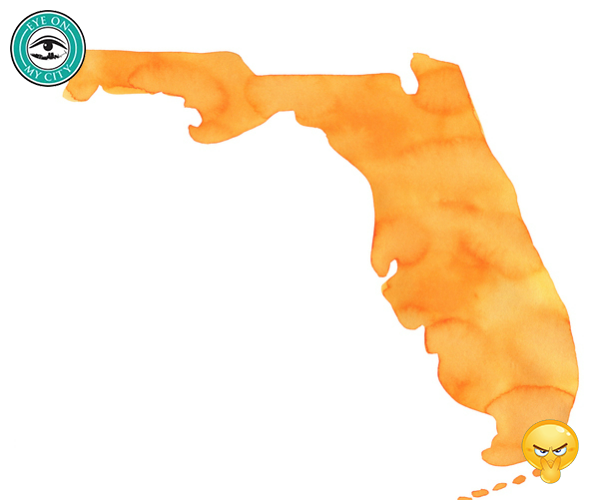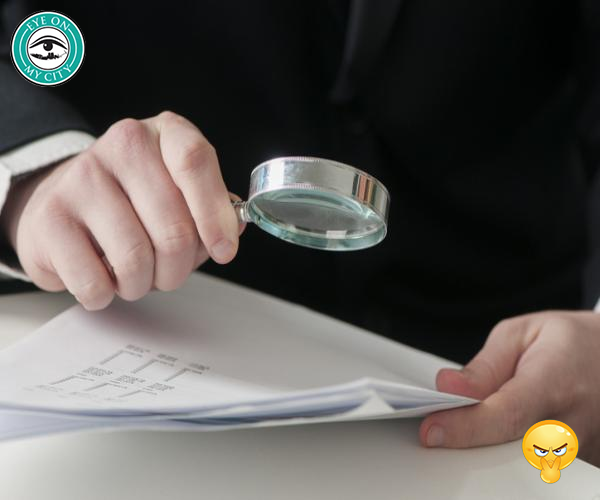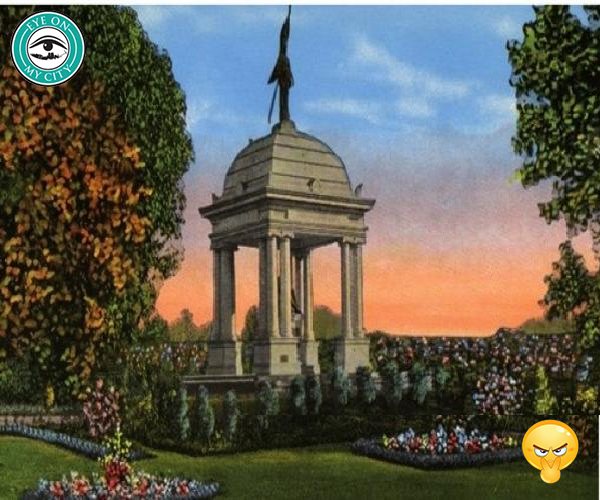
Current and former members of the City Council are skeptical of the proposed mega-development around the city’s football stadium, and with good reason.
Mayor Lenny Curry, on the other hand, is pushing for a quick resolution that would put the taxpayers on the hook for $250 million and potentially a lot more.
Curry describes the proposed development of Lot J, a parking lot near the stadium, as a “public-private partnership” but from all appearances it is a losing proposition for the public partners.
The original proposal has been re-jiggered but questions remain.
Perhaps the biggest question is, where does it end?
Taxpayers already have poured millions of dollars into the stadium in a series of “improvements” and now there is talk of spending another half-billion dollars. Like the current proposal, that also will be billed as necessary to keep the football team in Jax.
Jacksonville Jaguars owner Shad Khan, who already is a billionaire, stands to make many more millions from the development he proposes. But according to the council auditor, the city would lose money.
National Football League owners always hold over politicians’ heads the threat that they will move their team to another city and for years there has been speculation that Khan, if displeased, would move the Jaguars to London, or elsewhere.
The Downtown Investment Authority has looked over the latest reiteration of the agreement and approved it, with recommendations.
This morning the City Council will take it up and Curry is pushing for approval of the DIA recommendations and a final vote next week.
Council Member Matt Carlucci, chairman of the Finance Committee, suggested looking at the big picture, considering not only the development but also the Jaguar’s lease and the need for stadium improvements. That seems like an excellent suggestion. The problem with the lease is that it is shorter than the loan agreements related to the development.
Former councilman Matt Schellenberg has reminded everyone of the previous stadium rebuilds and improvements, noting that they never seem to end but only to grow in cost.
The DIA acknowledged that the development would be a catalyst – an often used word for downtown development proposals – and that it would have positive impacts that cannot be quantified.
But the return on investment analysis also overlooks apparent benefits that really are not gains. For example, it counts sales tax revenues for a new hotel, without regard for the fact that some of that revenue merely will be a transfer from existing hotels, which will lose guests to the new facility.
Khan wants a hotel, residential units, parking garages and an entertainment venue near the stadium but he doesn’t want to pay for all of it. Yet he wants all the profits.
One thing Khan wants, which was questioned by the DIA, is a $65 million, 50-year, interest-free loan from the city.
The latest version of the proposal doesn’t seem to have improved since council complaints and some renegotiation.
Originally, the council auditor calculated city would have gotten back 44 cents for every dollar spent. Now, the DIA estimates, it would get only 40 cents.
Curry might want to consider hiring some outside negotiators if that is the best he can do.




